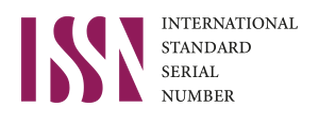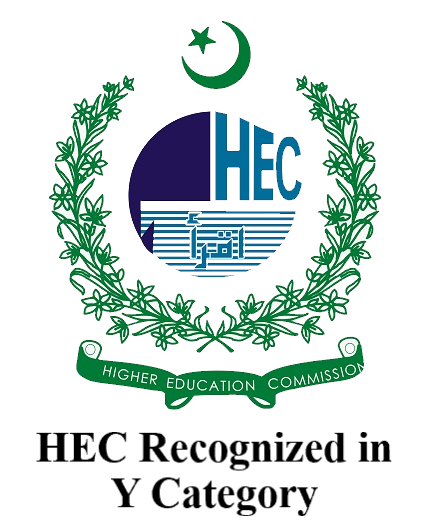Emotional Abuse, Emotional Regulation and Mental Health in Young Adults
DOI:
https://doi.org/10.71016/hnjss/khn2qw73Keywords:
emotional abuse, emotional regulation, mental health, dating couples , young adultsAbstract
Aim of the Study: Emotional regulation is a key element in regulating relationship and mental health. However, emotional abuse is a by product of having emotional dysfunctional and low mental health in dating young adults. This study examined associations between emotional abuse, emotion regulation, and mental health in young adults in dating relationships in Pakistan.
Methodology: A quantitative correlational study design was used. A sample of 146 university students (73 females, 73 males) aged 18-25 currently in relationships recruited through purposive sampling technique. They completed the Multidimensional Measure of Emotional Abuse (MMEA), Depression Anxiety Stress Scale-21 (DASS-21), and Emotion Regulation Questionnaire (ERQ).
Findings: The statistical analysis including independent t-tests revealed significant gender differences, with females reporting higher emotional abuse, cognitive reappraisal, and mental health symptoms. Correlational analyses indicated significant positive relationships between emotional abuse, maladaptive emotion regulation, and depression, anxiety, and stress. Hierarchical regression analyses showed hostile withdrawal and denigration emotional abuse behaviors strongly predicting mental health difficulties and significant variance with age and socioeconomic status in relation to emotional abuse, especially in females.
Conclusion: The findings suggest young women in dating relationships in Pakistan face heightened emotional abuse associated with poor mental health, despite using emotional regulation strategies. This highlights the need for greater support and interventions to promote healthy relationships and resilience in this population.
Downloads
Published
Issue
Section
License
Copyright (c) 2023 Arooj Nazir, Fajar Omer, Amber Baseer (Author)

This work is licensed under a Creative Commons Attribution-NonCommercial 4.0 International License.








